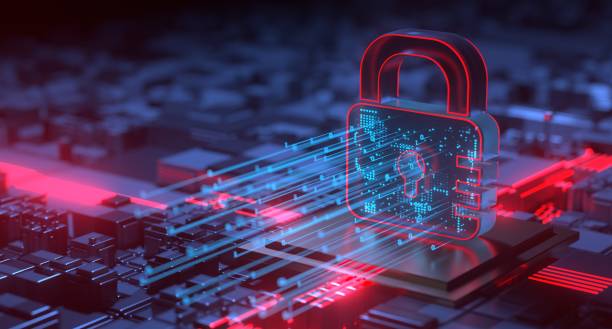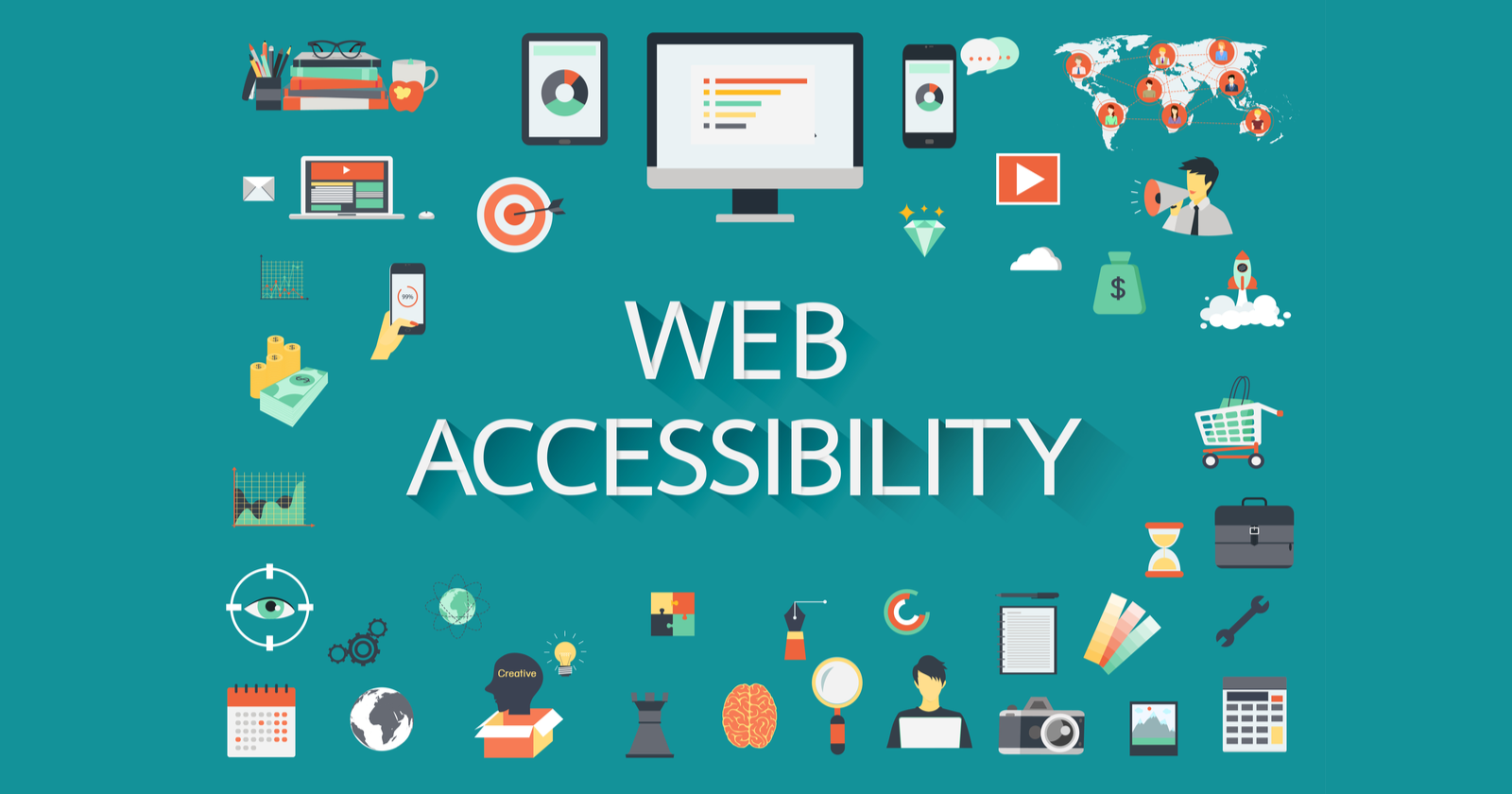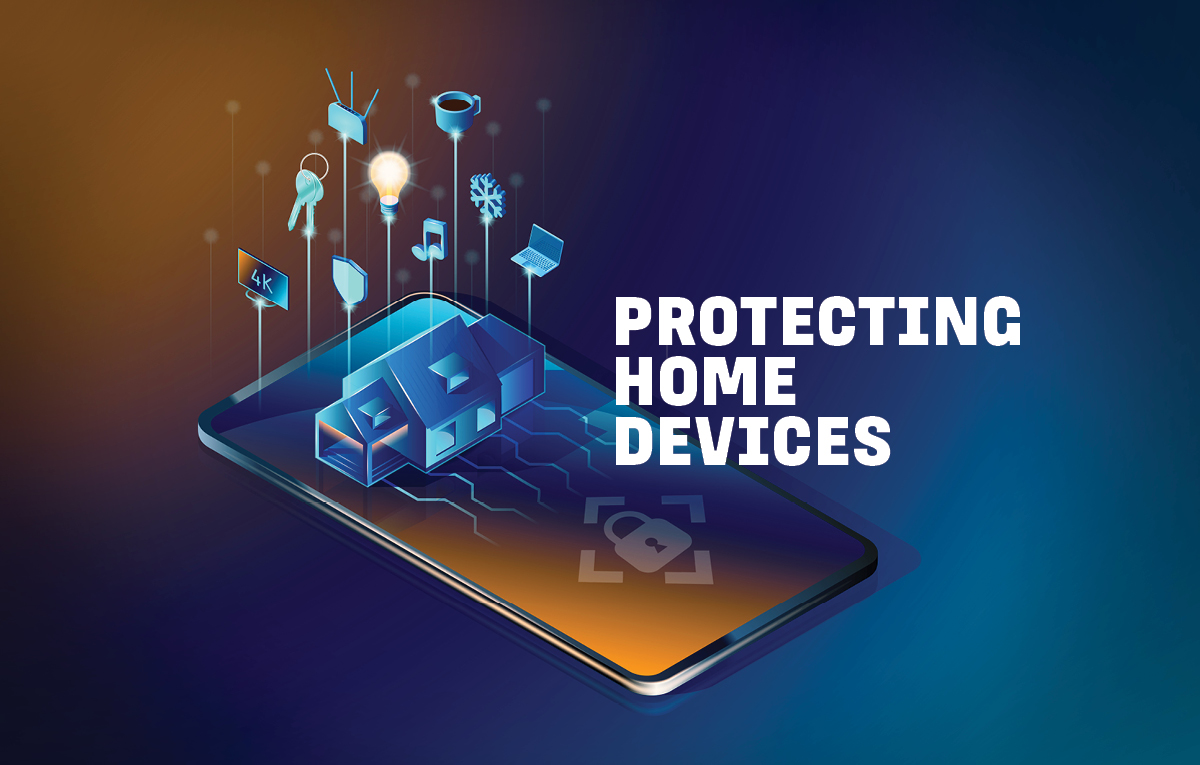justineanweiler.com – The rise of remote work has transformed the business landscape, offering flexibility and convenience to companies and employees alike. However, this shift also presents new cybersecurity challenges as businesses grapple with protecting sensitive data in a decentralized work environment. With employees accessing corporate networks from various locations and devices, cyber threats like phishing, ransomware, and data breaches have surged. To safeguard your business in the age of remote work, it’s crucial to adopt robust cybersecurity strategies.
1. The Growing Cybersecurity Threat
With the widespread adoption of remote work, cyberattacks have increased dramatically. According to various cybersecurity reports, there was a 400% increase in cybercrime during the COVID-19 pandemic. The major vulnerabilities stem from employees working outside the corporate firewall, using personal devices, or connecting through unsecured networks.
Phishing scams, for example, have become more sophisticated. Attackers impersonate trusted figures within companies or use pandemic-related messaging to trick employees into revealing sensitive information or downloading malware. Ransomware attacks have also become prevalent, with cybercriminals locking critical business data and demanding payment for its release. In this new landscape, protecting your business requires a proactive and multi-layered approach.
2. Strengthening Your Remote Work Security
a. Virtual Private Networks (VPNs)
One of the foundational steps in securing remote work environments is using Virtual Private Networks (VPNs). A VPN encrypts internet connections, ensuring that sensitive data is transmitted securely, even on public Wi-Fi networks. VPNs act as a secure tunnel between employees’ devices and the company’s internal servers, protecting them from cybercriminals who might intercept communications.
For businesses, setting up a company-wide VPN is crucial, and ensuring that all remote employees use the VPN when accessing corporate resources should be a top priority. Regularly updating and maintaining the VPN is also essential to prevent vulnerabilities.
b. Multi-Factor Authentication (MFA)
Multi-Factor Authentication (MFA) adds an extra layer of protection by requiring employees to provide two or more verification methods to access corporate systems. In addition to a password, employees might need to enter a code sent to their mobile device or use a fingerprint scan.
MFA significantly reduces the likelihood of unauthorized access, even if passwords are compromised. This approach is particularly important for cloud-based services and email accounts, which are common targets for cyberattacks.
c. Zero-Trust Architecture
In a zero-trust model, businesses adopt the mindset that no user, device, or system can be trusted by default, even if it is inside the network perimeter. Every access request is treated as though it originates from an untrusted source, and users are only granted the minimum necessary access to complete their tasks.
Implementing zero-trust architecture involves continuous verification of users and devices, micro-segmentation of networks, and real-time monitoring of all activities. This ensures that even if a hacker gains access to a part of the system, their ability to move laterally within the network is limited.
d. Regular Software Updates and Patches
Cybercriminals often exploit known vulnerabilities in software to launch attacks. Therefore, keeping all software, including operating systems, applications, and security tools, up to date is critical. Automatic updates should be enabled wherever possible, and IT teams must ensure that patches are applied promptly across all devices, including those used remotely by employees.
e. Endpoint Security
With remote employees using various devices—such as laptops, smartphones, and tablets—endpoint security has become more important than ever. Endpoint security solutions help monitor, detect, and respond to threats across all endpoints that connect to a company’s network.
Businesses should implement endpoint protection platforms (EPP) and endpoint detection and response (EDR) tools to prevent unauthorized access and detect suspicious activities on remote devices. EDR tools, in particular, can identify early signs of malware or ransomware attacks and initiate automated responses to mitigate potential damage.
3. Educating Employees on Cybersecurity
The human factor remains the weakest link in cybersecurity. Even with the most sophisticated tools, companies are vulnerable to attacks if employees aren’t adequately trained in cybersecurity best practices. This is especially true for remote workers who may be more exposed to phishing emails and social engineering attacks.
Regular cybersecurity awareness training can help employees recognize phishing attempts, avoid insecure websites, and follow proper protocols for handling sensitive information. Ensuring that employees know how to report suspicious activities or security breaches quickly can help minimize the impact of potential attacks.
Training should include:
- How to identify phishing and malicious emails.
- The importance of using strong, unique passwords and password managers.
- Safe browsing practices, especially when using public Wi-Fi.
- Guidelines for securing personal devices that are used for work purposes.
4. Backup and Disaster Recovery Plans
Even with the best defenses in place, no system is completely immune to cyberattacks. A comprehensive backup and disaster recovery plan ensures that your business can quickly recover in the event of a ransomware attack or data breach. Backups should be encrypted and stored in multiple locations, including offline and in the cloud.
Regular testing of backup and recovery systems is essential to ensure that your business can restore critical data quickly and minimize downtime in the event of a disaster. Automated, real-time backups can help ensure that no data is lost, even if an attack occurs unexpectedly.
Conclusion: Adapting to a Secure Remote Work Environment
As remote work continues to be a significant part of the modern workplace, businesses must adapt their cybersecurity strategies to protect against evolving threats. Implementing tools like VPNs, MFA, and endpoint security, alongside adopting a zero-trust model, will provide stronger defenses. However, the key to successful cybersecurity in remote work environments lies in a combination of technology, policies, and ongoing employee education.
By taking these steps, businesses can safeguard their data, reduce the risk of cyberattacks, and maintain the trust of their clients and employees as they navigate the remote work landscape.





